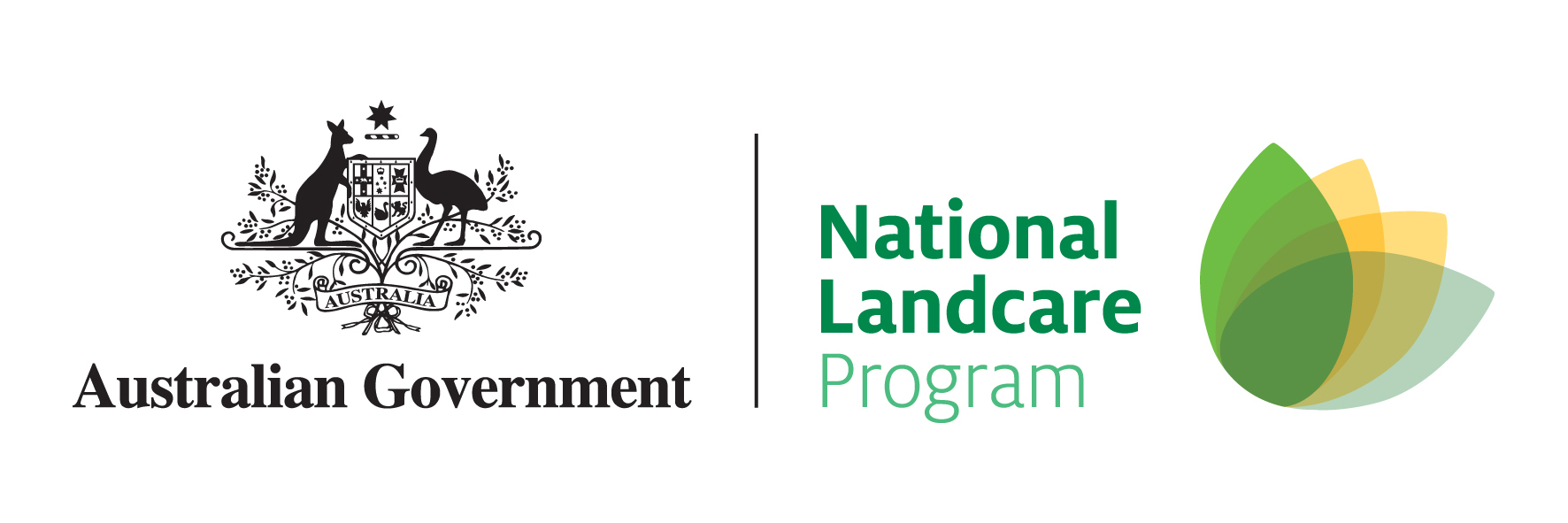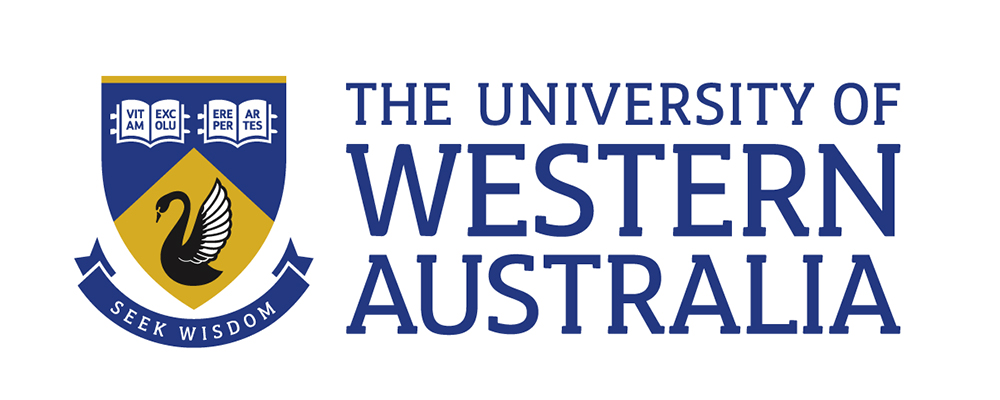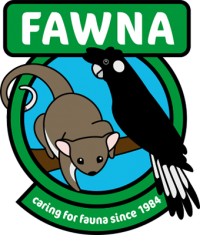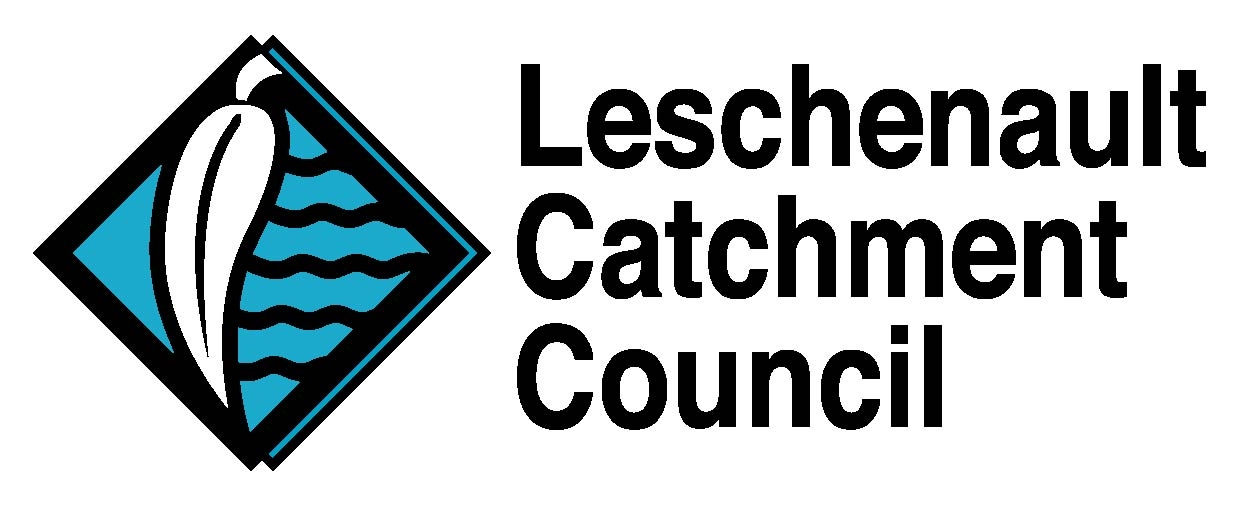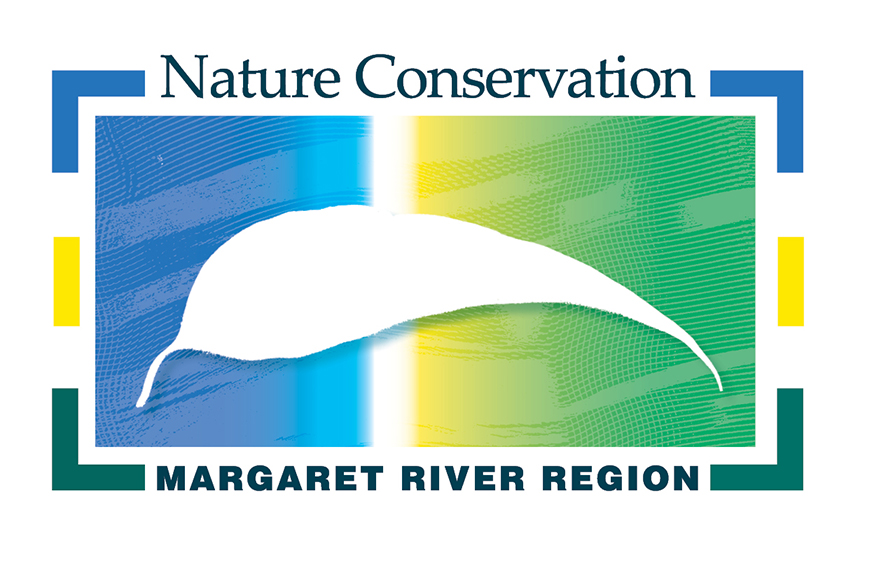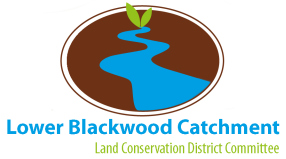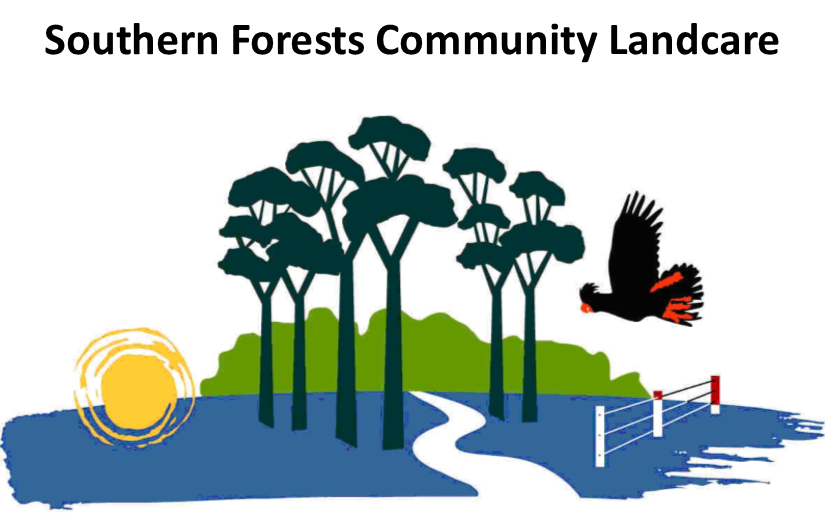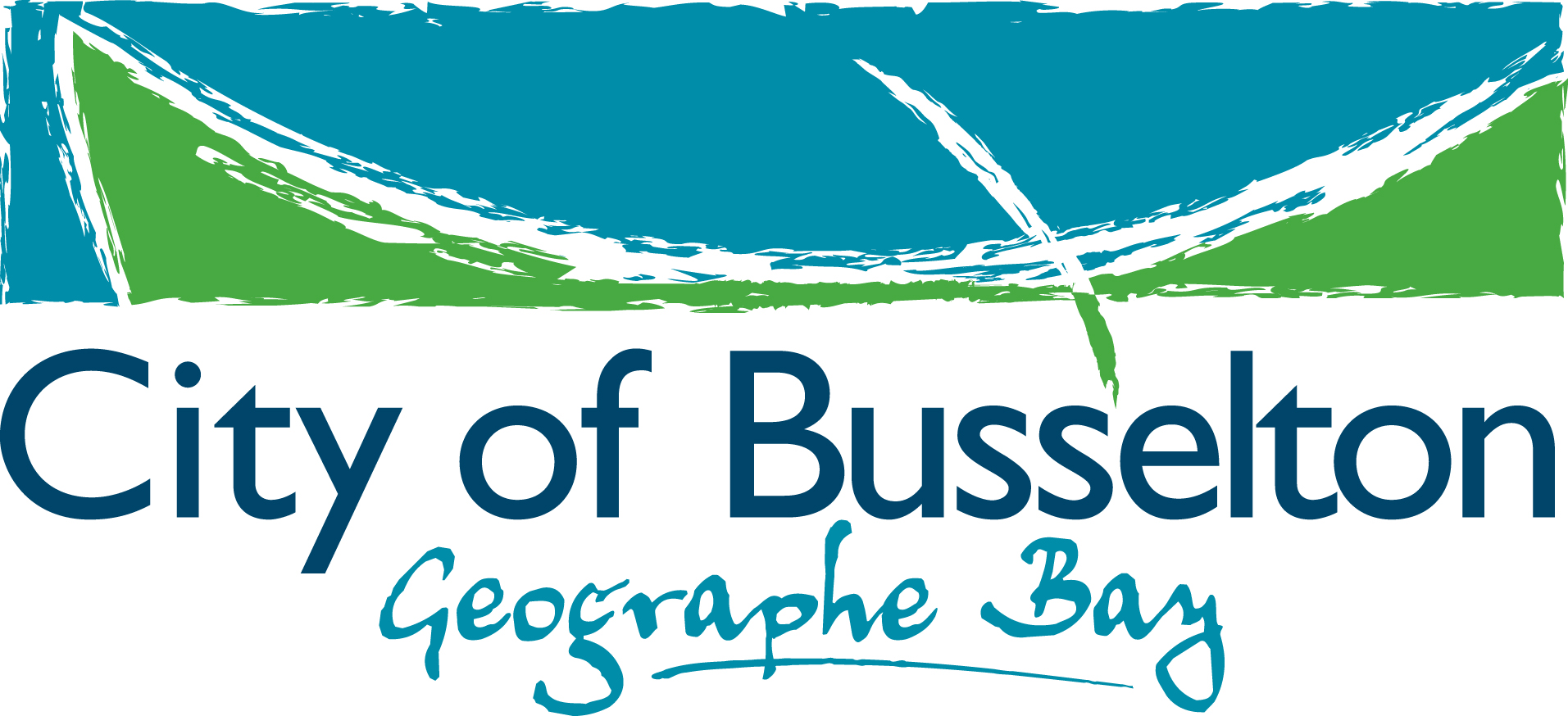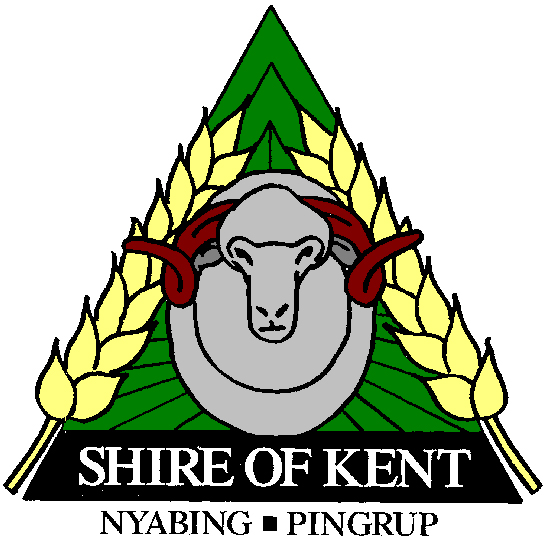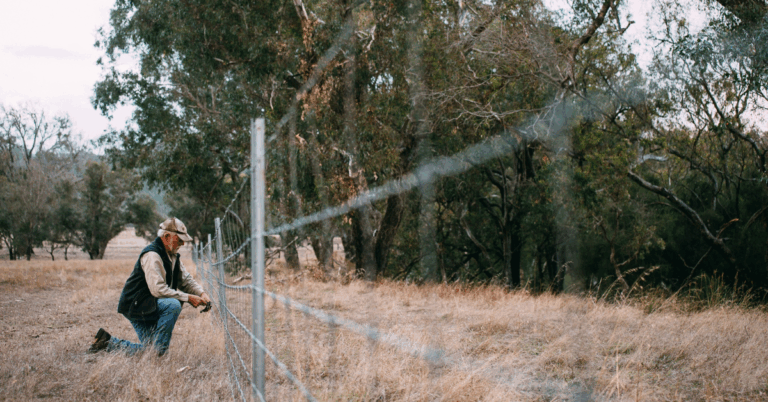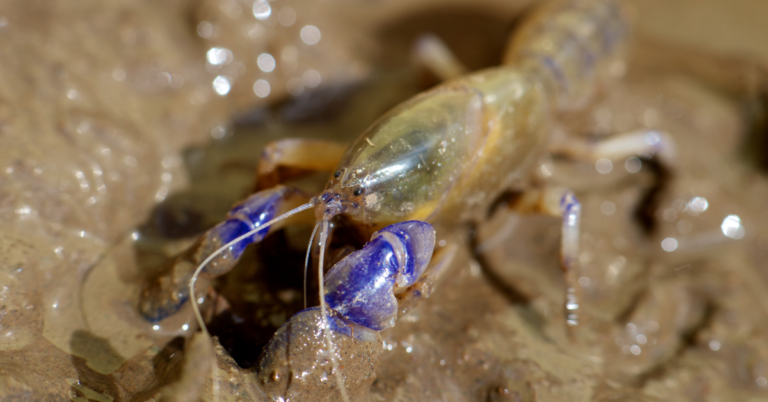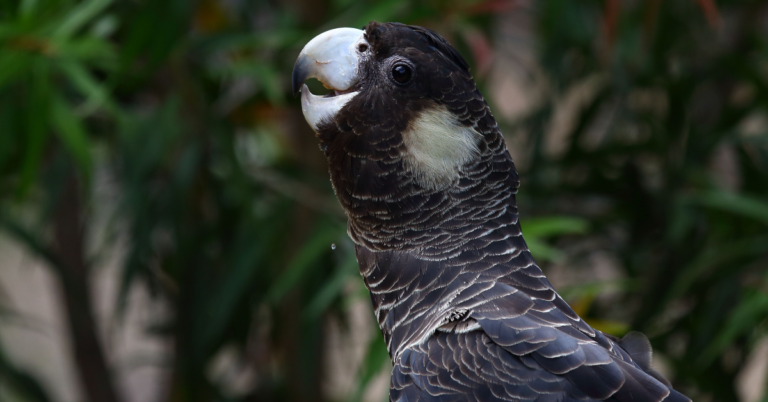Key outcomes - 2018 to 2023
- Preventing extinction of threatened species by protecting and building habitat, increasing their numbers and building knowledge of their distribution and behaviour.
- 143 ha native revegetation, 240 ha weed control, 26 km fencing to protect 229 ha of habitat and 58,000 ha of feral animal control.
- Two possum rope bridges installed in Busselton and Dunsborough.
- 126 rehabilitated western ringtail possums tracked to improve survival rates from 5% to 67%.
- Four trials of Felixer feral cat grooming traps reduced cat activity by 49%.
- Recently active malleefowl mounds discovered at Merilup Nature Reserve.
- 165 community engagement events with 7,000 attendees.
- 29 catio rebates issued, protecting 50,000 native animals from predation.
- Two Carnaby’s black cockatoo breeding sites discovered.
The South West NRM region is home to 167 EPBC Act-listed threatened species, including:
- 33 birds
- 4 crustaceans
- 4 fish
- 3 frogs
- 13 mammals
- 1 other – Carter’s freshwater mussel
- 98 plants
- 4 reptiles
- 6 sharks
- 1 spider
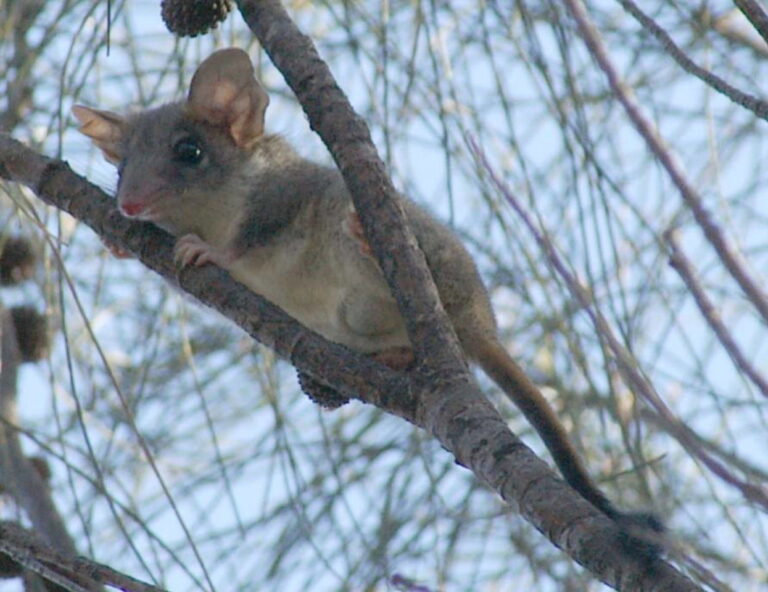

Protecting and building habitat
The loss and fragmentation of habitat is one of the primary threatening processes for nearly all of Australia’s threatened species.
South West NRM is working to protect existing habitat, improve degraded habitat and create new habitat for threatened species across the region, including western ringtail possums, numbats, Carnaby’s black cockatoo, chuditch, woylie and malleefowl. In recent years, we’ve:
- Planted over 1.5 million seedlings
- Restored over 7,000 hectares of land
- Controlled feral pests on over 62,000 hectares of land
- Controlled weeds on over 6,000ha of land
- Installed over 426km of fencing to protect natural areas.
South West NRM delivers the region’s Land for Wildlife program, supporting private landholders to manage native vegetation on their properties for biodiversity conservation.
We’ve also installed four possum bridges throughout the region, helping to connect western ringtail possum habitat, increase genetic diversity between populations and prevent death by predation or roadstrike.
Increasing understanding of threatened species
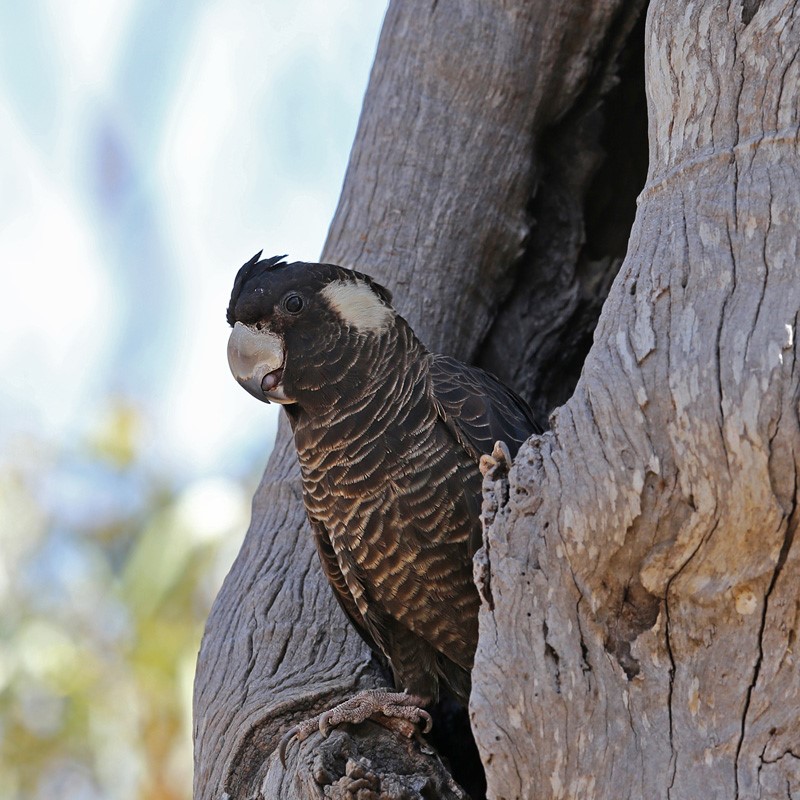
Understanding where threatened species are present, and how they use habitat areas is critical to effectively managing these species.
South West NRM has undertaken extensive fauna and flora surveys in the region, including working with Traditional Owners to track malleefowl nesting mounds. We’ve also conducted an extensive research program to investigate ways of improving the survival of rehabilitated western ringtail possums.
Understanding black cockatoo breeding
Black cockatoo breeding habitat has significantly reduced as a result of deforestation and clearing of the Wheatbelt region for agriculture. There is a shortage of suitable breeding hollows with adequate foraging habitat within flight distance (12km).
South West NRM is working with broadacre farmers, Birdlife WA and the Shire of Kent to identify and register breeding sites in the Wheatbelt and improve their condition by revegetating, installing fencing, undertaking weed control and maintaining existing nesting hollows.
Two previously unknown breeding areas for Carnaby’s cockatoos were recorded bringing the total in the South West NRM Region to four. Across these four sites, 76 potential nesting hollows were monitored in 2022-23. 16 of these were found to be used by a breeding pair of cockatoos compared to five in 2021-22. The relatively low proportion of hollows used suggests that a lack of foraging resources in close proximity is likely to be the primary limiting factor for these breeding sites.
A case study for this project is available here.

